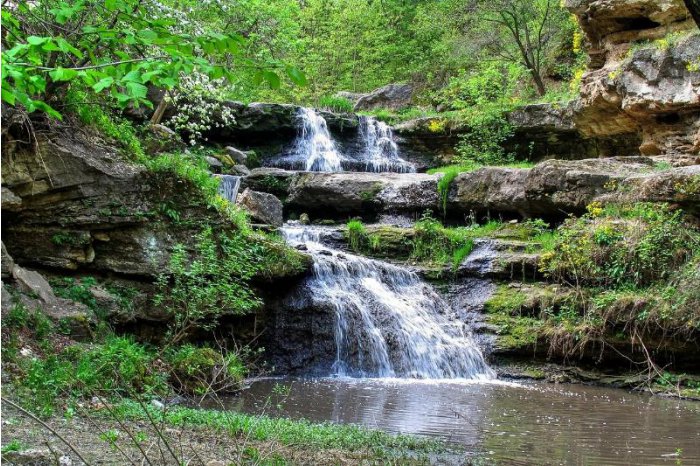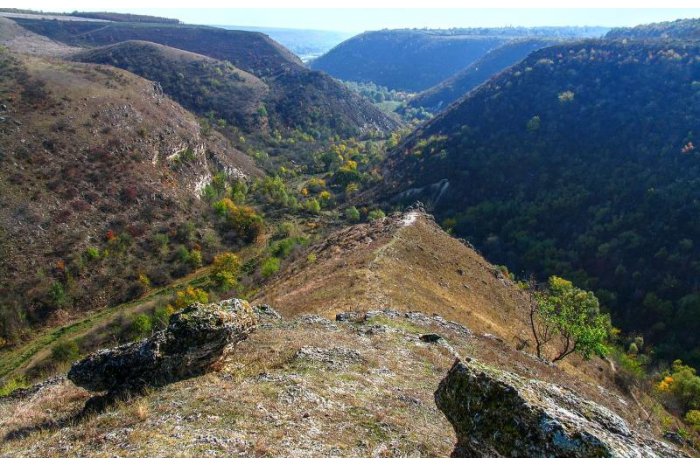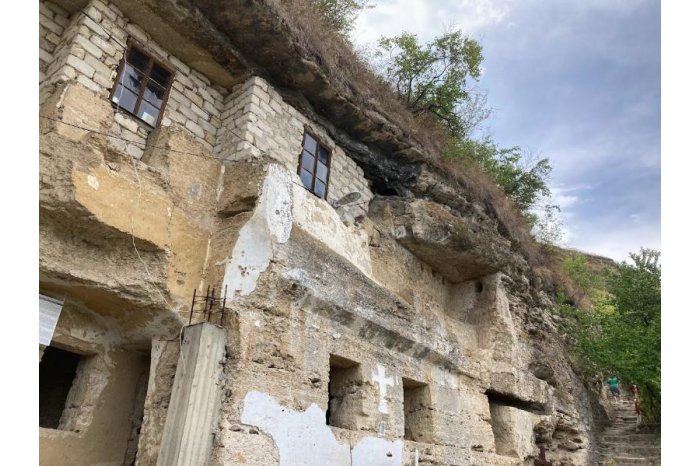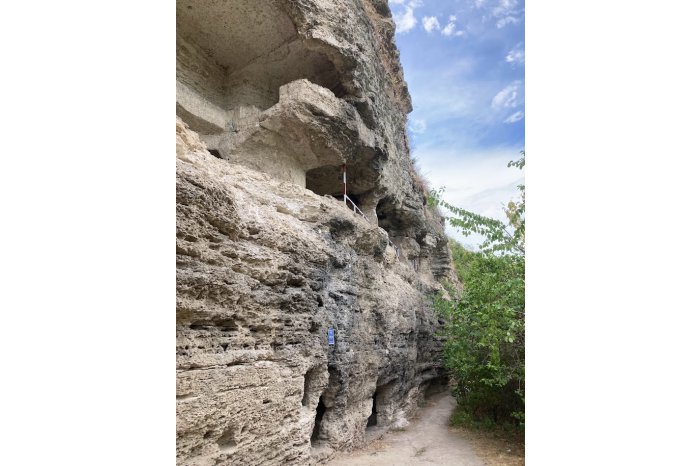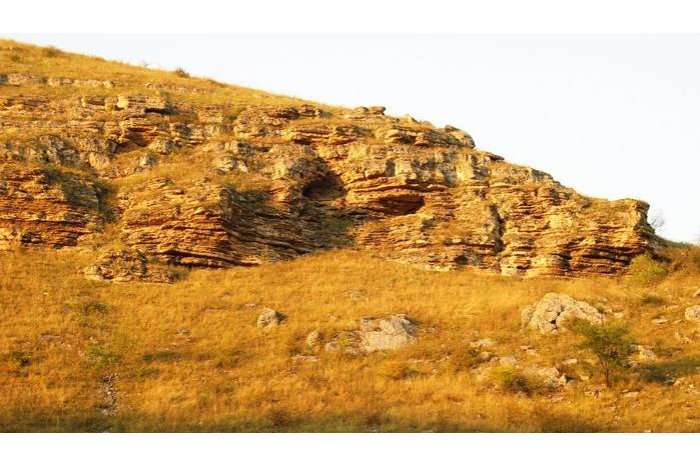Discover Moldova with #MOLDPRES: Tapova - place where nature's harmony achieved perfection, making people believe in miracles
21:23 | 17.09.2024 Category: Tourist Moldova
One of the most famous nature reserves of Moldova
The landscape reserve Tapova is a protected area, placed nearby the homonymous village from the northern Rezina district of Moldova. It has an area of 306 hectares. The object is managed by two organizations: the Orhei State Forestry Enterprise (204 hectares) and Lalova Farm (102 hectares).
The area includes a complex of crags along the Dniester river, a narrow strait, caves, culture monuments, a rupestrian monastery (11th century), cascades on steep slopes, a forest of common oaks, wig tree, hazel tree and other species.
Tapova is one of the most famous nature reserves of Moldova. The distinctive feature of this place is a clear feeling that the nature has reached perfection here.
Surrounded by an aura of legends and myths
And it is not something astonishing that Tapova is surrounded by an aura of legends and myths.
Ufologists, cabalists, mystics, people dealing with yoga and the bio-energy aura from all over the world come here. In the last 20 years, they have discovered more magical phenomena of this place. Some people fond of this place are sure that the energy channel connecting the Earth with the Cosmos passes through this place.
The place where fruit trees grow and make fruits
Tapova is a unique area also through the fact that only there fruit trees grow without human intervention and continue to make fruits. And it is not about wild fruits; the fruits which grow here are not smaller and less sweet than the ones from cultivated gardens. And their taste is even better than of their counterparts grown in gardens.
The Tapova Monastery – a rupestrian monastic ensemble, the most impressive one from Moldova and one of the biggest in Europe
Placed on the bank of Dniester, the Tapova Monastery is distinguished as an outstanding rupestrian monastic ensemble, probably the most impressive one from Moldova and one of the biggest in Europe.
The monastic ensemble comprises three levels, sheltering more rooms, including two churches. The first church was erected in the 13th-`14th century; the second one was built in the 16th -18th centuries; there are also the belfry, cells, refectory, pantries and other rooms necessary for the daily life, constructed in the 19th century.
From the history of the Tapova Monastery
The Tapova Monastery, the rupestrian architectural masterpiece of Moldova, surprises through its complexity. With over 20 rooms connected through inside stairs and galleries, this ensemble represents a treasure of connections and landscapes. The Assumption of the Virgin Church, with its generous space and Basilic style, impresses.
The hermitage was dismantled in 1842, when the entire land was transfer under the trusteeship of the Capriana Monastery. The hermitage was subsequently united with the neighbouring Saharna Monastery - a connection which persists also at present.
The landscape from the area is simply amazing
The landscape from this area is simply amazing: the quiet waters of Dniester, the steep crags, which hide hundreds of cells and grottos, the beauty of the nature and cascades.
The monastery was closed in 1949 and was reopened in 1994 and continues to work at present as a place of spirituality and connection with the rich history of Moldova.
The cascades from Tapova – a unique ecosystem
The cascades of Tapova are significant natural elements, bringing an element of quietness to the picturesque landscape of Moldova. The small river Tapova curves with delicacy to the Dniester, making a string of cascades with heights between 10 and 16 metres. These cascades do not only provide a pleasant view, but also had a practical importance in the past, supplying the water mills from the area.
Correspondent: Lilia Grubii
